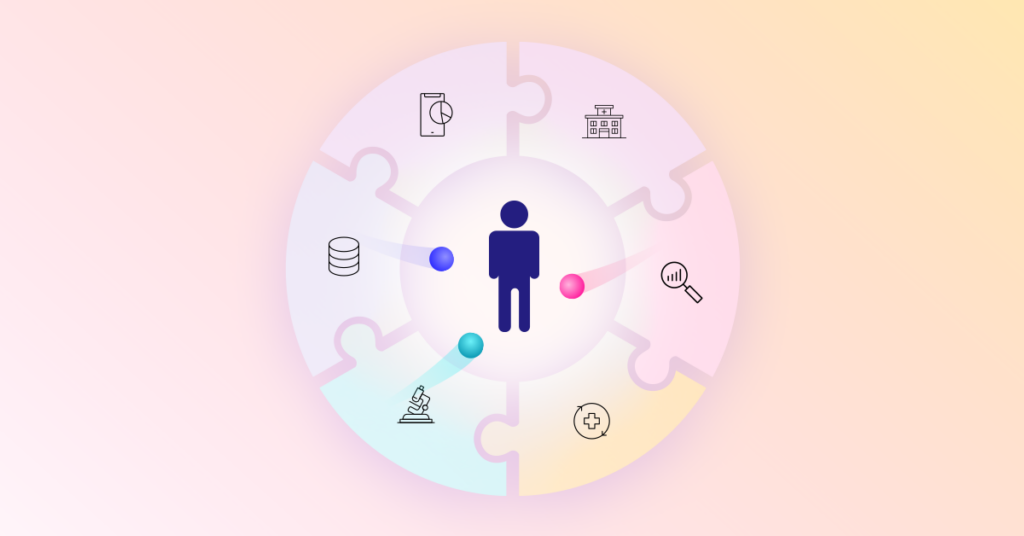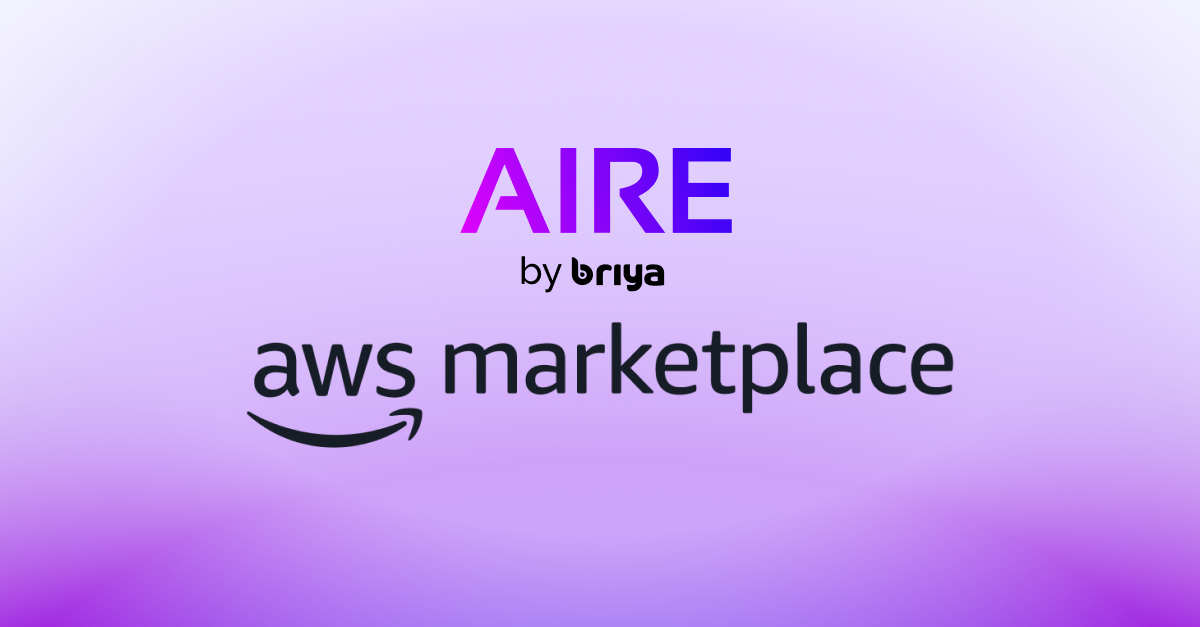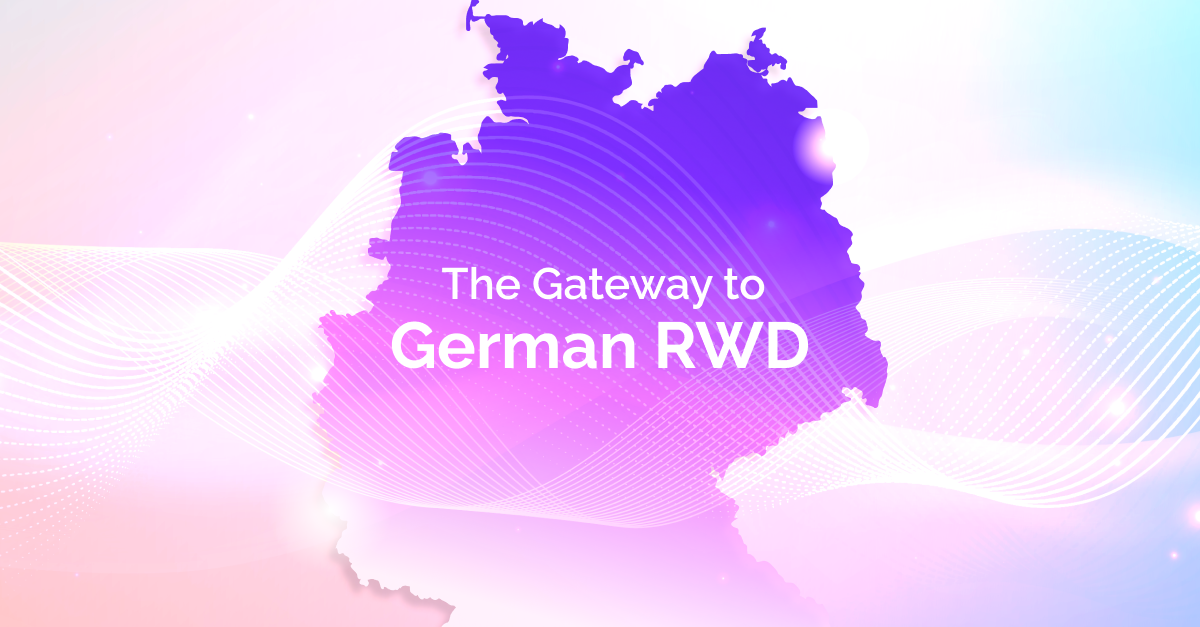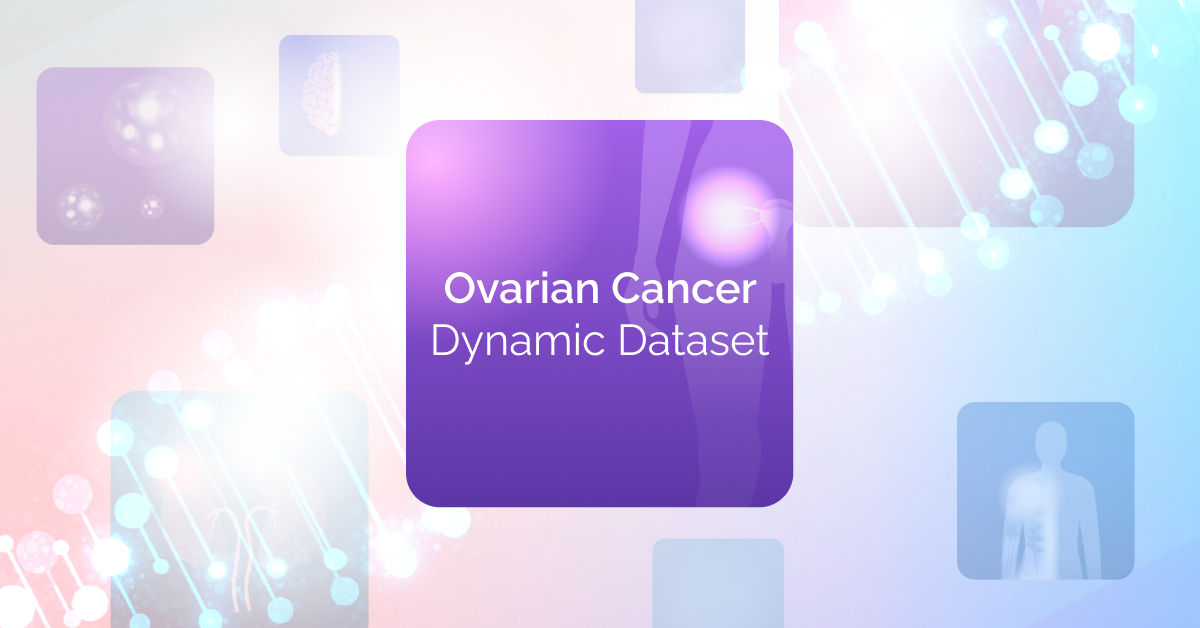It is time to breathe new life into the patient journey. It may be tempting to think of it as just a flat line that connects discrete dots – dates, appointments, lab results, and yearly checkups. But if we stop to consider what real-world data (RWD) brings to the table, the patient journey can get a lot more interesting. Much more than just a sequence of events — it can bring us a human story that is filled with actionable insight.
RWD adds many new channels of information, both health and non-health related – including EMRs, health apps, credit card spending, geospatial data and government registries. When incorporating RWD in research – any data point may be of medical value.
In the face of this seemingly infinite pool of information, it is up to researchers to get really clear about what they’re looking for – and above all else, to actively construct a patient journey that serves their objectives.
In this article, we explore three strategies that maximize the impact of “patient journey thinking” across your value chain and discuss the benefits and pitfalls to watch out for. We then turn to two exciting patient-journey initiatives that are breaking down decades-old data silos and fostering innovation in two major cities.
The first case study constructs full patient journeys in a city that is renowned for its genetic diversity, while the second applies the patient journey to predictive algorithms that are designed to prevent the deterioration of hospitalized patients.
3 Strategies to Unlock RWD Across Your Value Chain and Support HEOR
RWD has many powerful applications. In addition to supporting drug development, it plays a big role in HEOR (health economics and outcomes research). This includes pharmacovigilance, market access, patient adherence, and overall product strategy.
Patient-level data is particularly potent for these types of endeavors. By bringing in data from the real world, researchers can make meaningful links between human characteristics and behaviors and medical outcomes.
It is well worth taking the time to do this. According to a McKinsey report, an average top-20 pharmaceutical company that adopts RWD across its value chain is projected to make over $300 million annually in the next three to five years.
Let’s explore three major benefits of adopting RWD in the context of the patient journey.
#1 Accelerate Drug Approval
Constructing real-world patient journeys can lead to invaluable insights and provide crucial evidence in support of the drug approval process. In addition to adding an essential layer of information to clinical trials, RWD can also provide immense value in its own right. For example, analyzing real-world outcomes in patients across geographies can contribute to population bridging. Alternatively, coupling run-of-the-mill off-label prescriptions with medical events and mortality rates can accelerate the process of expanding drugs to additional indications.
#2 Boost Health Equity
RWD also marks a huge leap forward for health equity – an issue whose urgency was made painfully clear during the COVID-19 pandemic. There are communities worldwide that are consistently underrepresented in clinical trials and therefore at greater risk of suffering from adverse effects. Race, gender, ethnicity, or socio-economic status – all of these factors can affect a drug’s efficacy and safety.
Once again, using RWD to trace patient journeys can add significant value here. By linking medical outcomes with variables such as ethnicity and gender, researchers can work to overcome systemic biases, inequalities, and knowledge gaps, and save many lives as a result.
#3 Improve your Bottom Line
RWD can also play a big role in improving institutions’ bottom line. For example, it can help trace the patient’s journey from prescription to treatment, tracking phenomena such as disease progression, adverse events, and adherence.
Pharmaceutical companies can use RWD to identify the different obstacles that prevent eligible patients from persevering with a drug. One such RWD study explored what motivates patients to switch therapies. It found that there was a greater chance that patients stop taking their medication if they visit a specialist within three months of starting it. This type of insight can support better strategies for enhancing drug adoption.
Going one step further, pharma companies and healthcare institutions can use these types of insights to build predictive models that generate evidence about crucial decision points and optimize operations accordingly. As a result, outcomes are improved and costs are significantly reduced.
The Double-edged Sword of RWD: Why Obtaining it is a Challenge
As powerful as RWD can be, it is also complicated to access and use.
For starters, there is a sea of information out there – an average patient produces 80 megabytes of data a year. To construct reliable patient journeys, this data must be turned into longitudinal datasets – that is, patient information must be accurately matched across institutions, wearables, apps, and any other relevant repository. This is a challenge because data differ in structure and format and must also be anonymized to comply with regulations. As a result, piecing information together can take years and incur high costs.
As things stand today, institutions purchase access to datasets ahead of time, without really knowing if they contain valuable data. To make matters worse, the datasets are often poorly matched, containing duplicate records that end up skewing research results.
Despite these formidable challenges, solutions are beginning to crop up and exciting new projects can be seen on the horizon.
A Tale of Two Cities: Creating a Journey with an Impact
In our tightly-packed cities, people move around from one physician to another and from one health establishment to the next. Unfortunately, deeply ingrained data silos prevent caregivers from accessing the entire patient journey.
Fortunately, this state of affairs is beginning to change. Two of Israel’s largest cities have launched initiatives that will knock down decades-long data barriers and generate full patient journeys designed for impact. Both these projects are made possible through Briya’s technological data platform.
Journeys in Jerusalem: Mapping an Entire Population
Jerusalem has an unbelievably long and rich history, with one of the most diverse populations on the planet. Diversity is instrumental in the study of rare diseases, genetics, and sub-populations, not to mention enhancing health equity and ensuring results are reliable and robust. Consequently, the medical data encapsulated within this compact region holds an immense value that is truly staggering.
Hadassah Medical Center, Shaare Zedek Medical Center and a major Israeli HMO have partnered to turn this potential into a reality. Powered by Briya’s technology, these institutions will form an immense, secure and virtual data network containing de-identified, longitudinal patient data on most Jerusalemites. This incredible asset will be made available to researchers and caregivers to support health innovation and solve some of humanity’s biggest challenges.
Journeys in Tel Aviv: Applying ML Prediction to Preventive Care
As is the case in most cities, hospitals in Tel Aviv may be located just a few miles apart, but in effect, exist on different planets. Caregivers who tend to a patient at ‘Hospital A’ often have little to no information about that patient’s prior hospitalization at ‘Hospital B’. This disconnect is far from ideal, resulting in treatment that is based on incomplete information.
In an exciting partnership, Briya is enabling Tel Aviv Sourasky Medical Center – Ichilov and Wolfson Medical Center to share medical data securely and efficiently. Data from Wolfson will be sent to I-Medata’s machine-learning algorithms and help assess and prevent the deterioration of hospitalized patients. In other words, data flowing from outside the hospital walls will be used to inform clinical decisions and save patients’ lives. This represents a huge milestone for improving the care continuum.
A Final Note
RWD makes the patient journey exciting. Instead of working with the data that happens to be available, it allows researchers to dream big, ask new questions, and construct many different patient journeys. The recent breakthroughs currently underway in Tel Aviv and Jerusalem are just some of the first signs of this revolution – and will hopefully inspire many more initiatives in the future.



